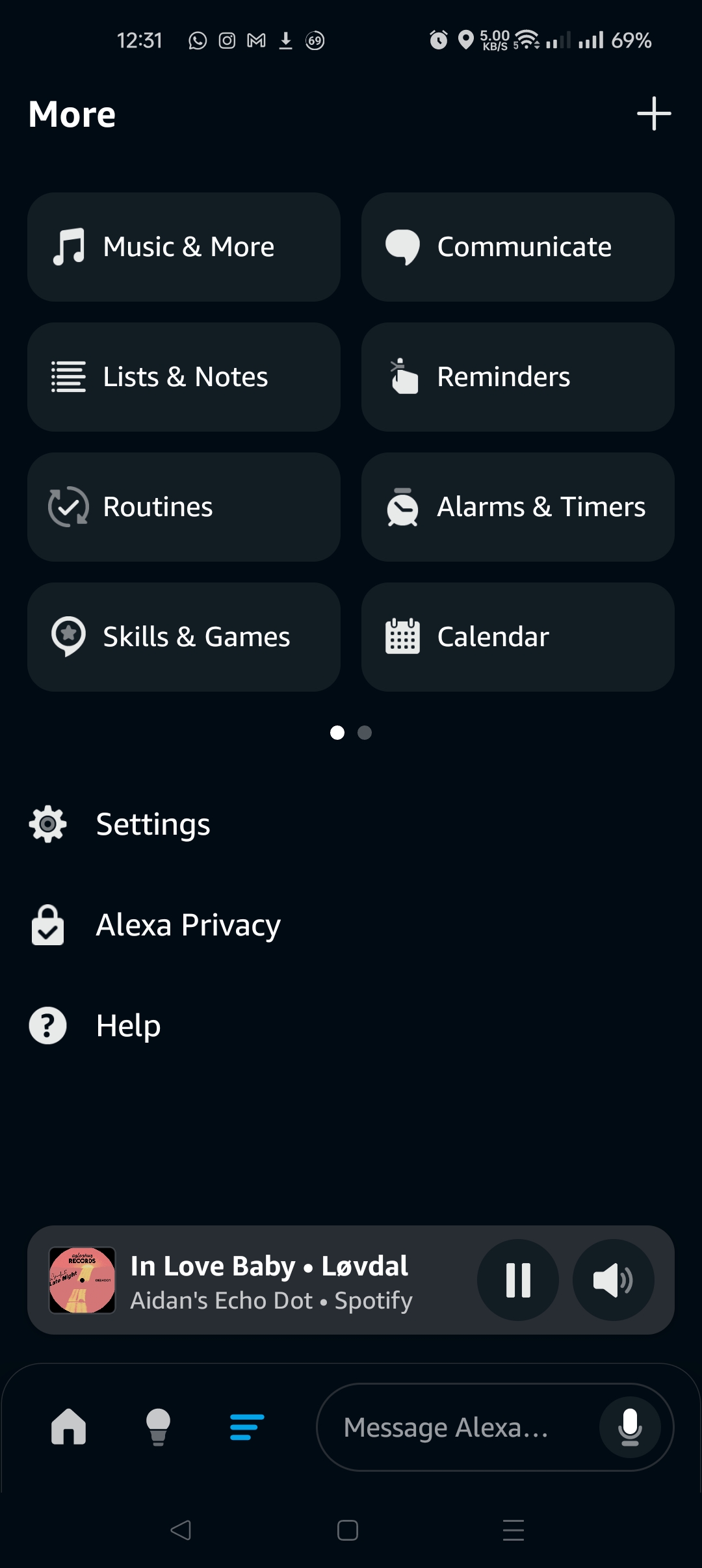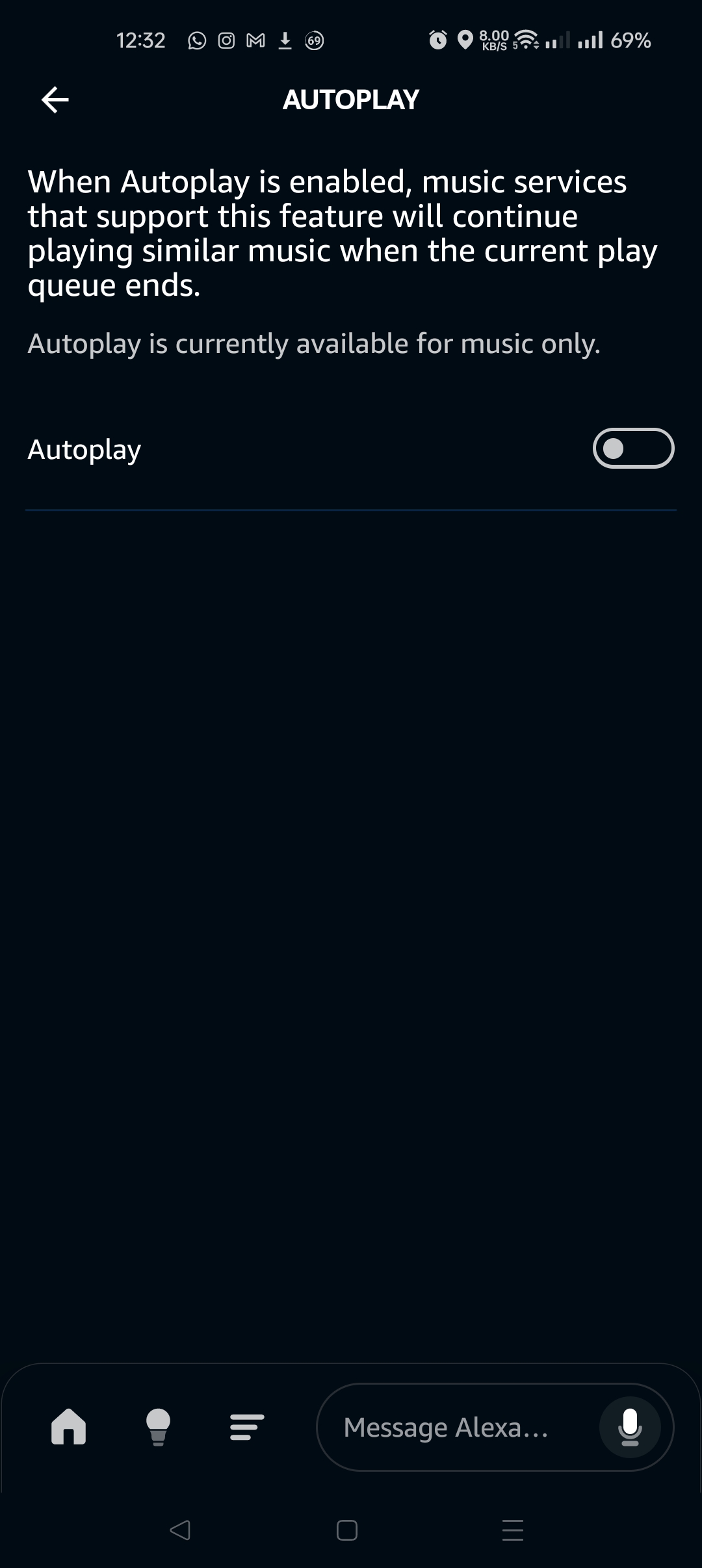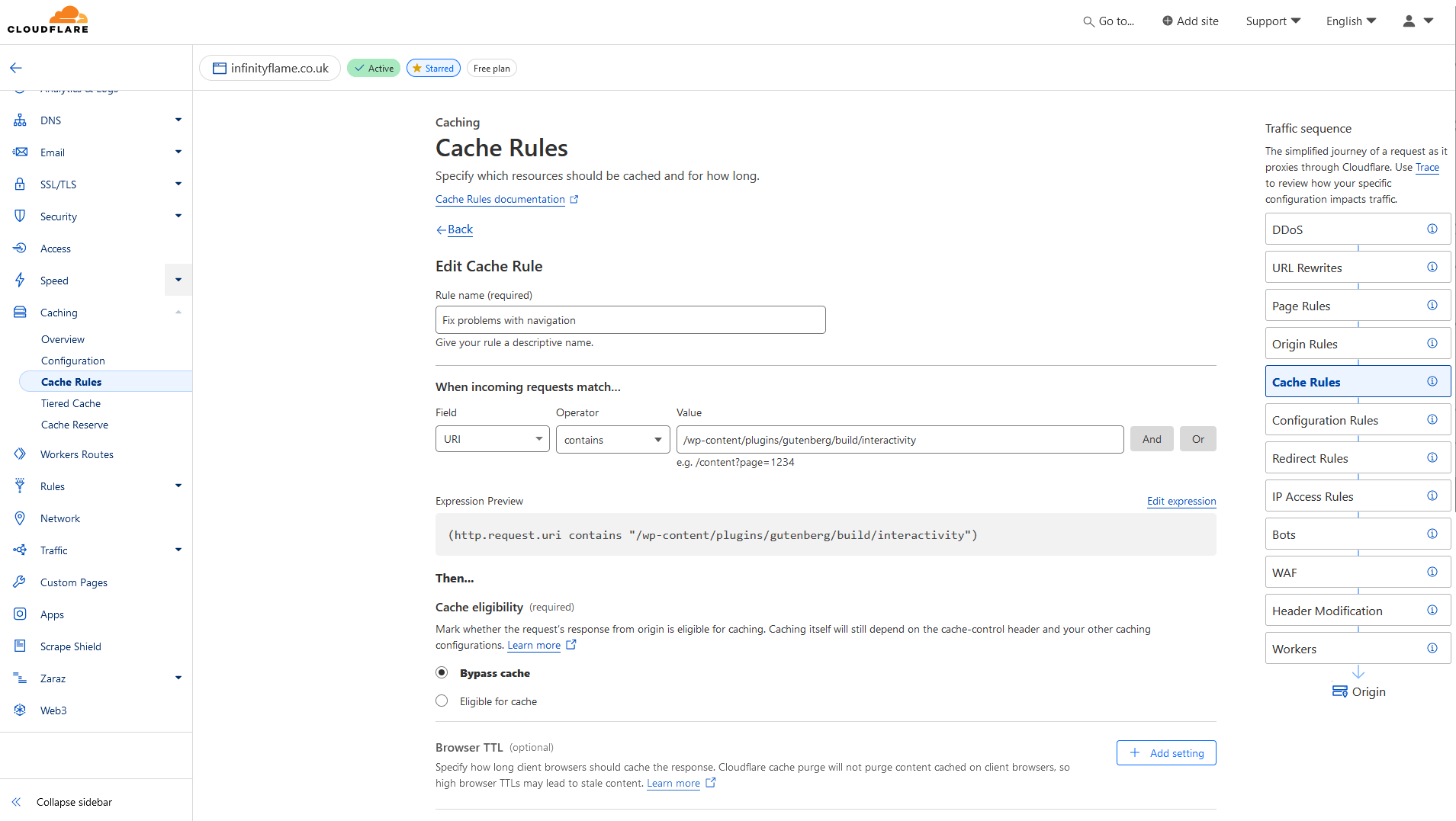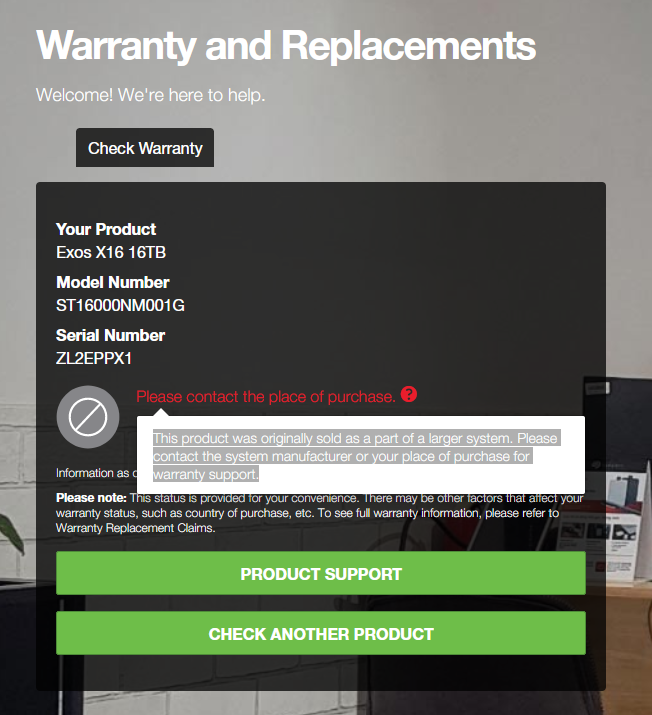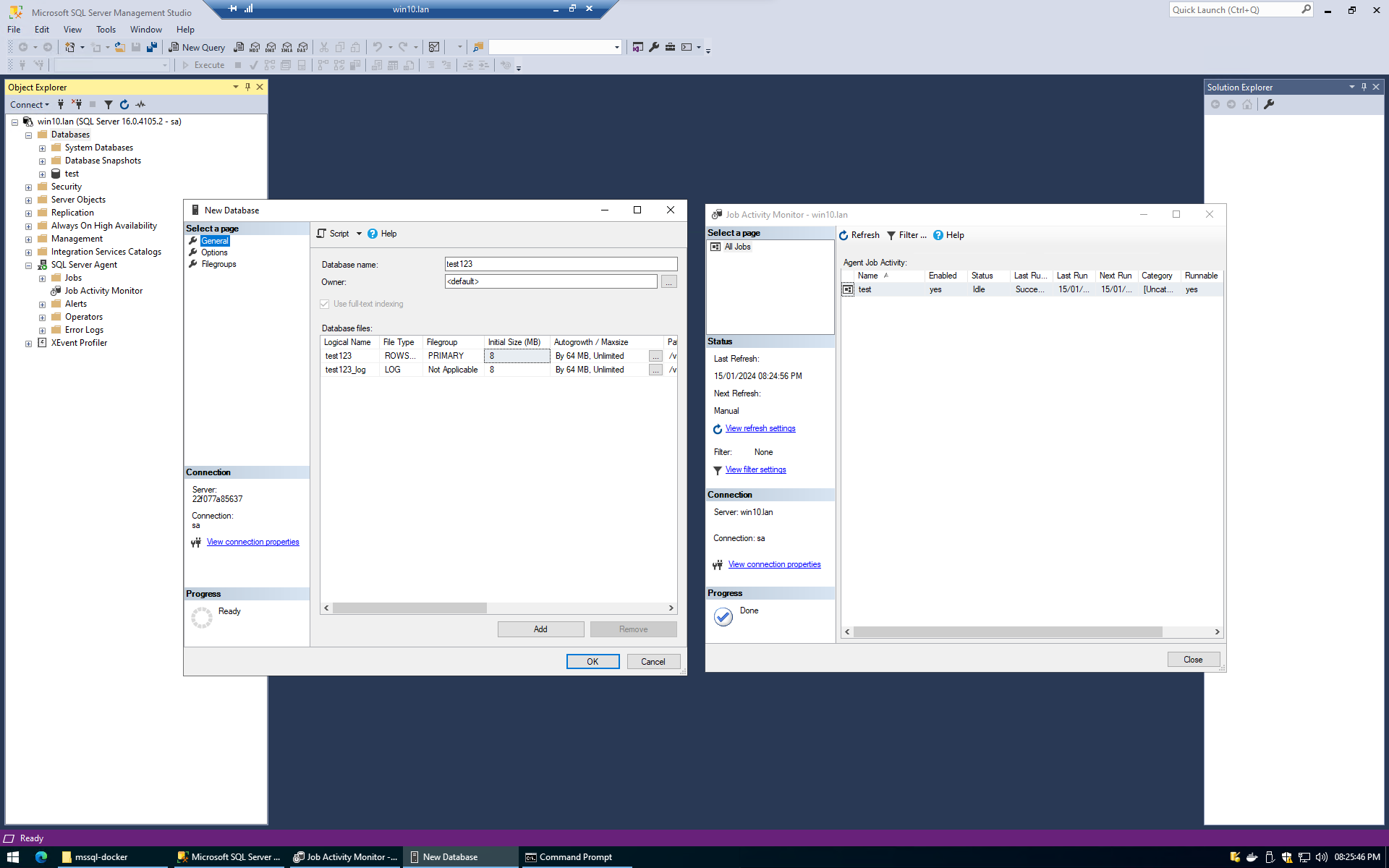During a check-up with my dentist I asked an innocent question about a spot on my gums just above a tooth in my mouth (which through some quick googling I have determined is my lateral incisor). I had no pain and no real symptoms other than an occasional yellow spot I could pop now and again and it would occasionally bleed in the same area. I asked “is this something I should be concerned about?”.
I had previously had a root canal on this tooth as I had fallen off my bike many years prior, its was capped and it has a fake porcelain front, the tooth was cut in half during the accident and had been rebuilt by my NHS dentist during a lot of work on my mouth after the accident.
I bring up this detail because it might be relevant to some that this unique scenario has cropped up due to ‘trauma’ as the dentist put it. It seems like the damage to my teeth complicated the area somewhat and the skills of my normal dental practice was not up to the task.
They said to seek another dentist and pointed me to their FP17 and said ‘treatment on referral’ is available if I need to and I can come back and they will complete the form. I assume this means that the NHS is willing to cover some part of the cost of the treatment I would eventually need. I am not sure if the NHS would cover the treatment I eventually had but I doubt it. My dentist did say the only option they had was removing the tooth.
I booked an appointment with a private dentist, I was immediately taken aback by how much better the service was, I got an appointment the next day! I am aware I was a new patient to them and they had me pay for their new patient screening which included exams of my teeth, and that also meant they could take an x-ray of my jaw to assess the tooth which I was concerned about.
At this point it seemed like the dentist in the room was also out of their depth and I was referred again to a better dentist. In a way I sort of expected this but confirmation of my assumptions concerned me that the cost of the procedure was going to be expensive.
A couple hundred quid in at this point and I haven’t really had new information or treatment but I was confident the next dentist was the right person for the task, my inter-rim private dentist referred to them by name and said their services were the best in the area.
I visited the third dentist a few weeks later, A local dental studio. At this point I still hadn’t experienced any pain, I’d had no symptoms really, just a curiosity and a sense something was wrong.
I had my appointment with Christopher, who said he regularly dealt with teeth like mine, his room had specialist equipment, a deconstructed camera sat above my head, the chair had a TV opposite playing some nature show. There was a large TV on the adjacent wall showing images of my teeth he brought to my attention. He spent a lot of time explaining to me my teeth and the x-ray he had taken. The x-ray was noticeably higher definition than previous dentists.
My teeth were in poor condition. I had had two root canals either side of my unhealthy and essentially doomed tooth and the tooth that had been capped had already been root canalled and would require a re-do. There were clearly dark patches in my jaw that meant the tooth would likely become weak over time and eventually would be at risk of falling out and my gum was retracting.
The thought of further issues to my mouth was alarming. The gutta percha used in one of my teeth was ineffective and essentially stuck inside my gums.
I had initially booked a root canal with a second appointment to come later to re-root canal my problem tooth. My first appointment was relatively uneventful except for the overall quality of the procedure I could tell was superior.
My second appointment I had about a week later. The root canal was not an option due to the gutta percha getting stuck at the base of the tooth and the drill bits were unable to retrieve it. It meant that my root canal treatment was upgraded to an apicoectomy and that was happening now.
It was a long procedure and the sensations in your head and jaw are unique, I’d even say unpleasant. When we were finished I had a cut in my mouth that needed to heal with stitches that I came later for and had removed at another appointment about a week later.
The results were slow but noticeable, I found I was no longer biasing the side of my mouth slightly to avoid this set of teeth and a very, very dull pain that had previously been there had gone. I would only ever qualify this as very, very minor on the general scale of pain, however it was noticeably absent even though previously I was unaware of its existence.
My mouth also felt stronger, my jaw and the teeth around it stronger. I think the abscess building and seeping out of my gums had done some damage over time and this had essentially fixed the issue.
It has been 1 year and 5 months since having my first appointment with the third dentist and I have another check-up to go through but we are both pleased with the result and only time will tell if further work is needed. Possibly it will on the remaining teeth I suspect, if I am looking on a 10-50 year timeline, I am not in pain, but I’ve lost confidence in the work done.
I would reccomend. Overall I spent around £1700. Worth every penny.
